What is ISO?
ISO stands for International Standards Organization which is an international organization which sets standard definitions for industry and science.
For photographers, it is simply a measurement of the sensitivity of the camera’s sensor. The lower the number, the less sensitive it is and the more light will be required for proper exposure. It really is that simple.
How Does ISO Effect Your Photographs?
ISO is a major factor in the technical quality of your photographs. It also determines how high a shutter speed you can use and what aperture you can set. The higher the number, the more options you have. So, why not just leave the ISO set to a high number and leave your variable settings shutter speed and aperture? Wouldn’t having a high ISO make that process so much easier?
As pointed out in the post about the Exposure Triangle, all three of the settings (shutter speed, aperture, and ISO) have positive and negative impacts depending upon their settings.
For ISO, that impact is the quality of the image.
When the ISO is set to a low number such as 100, it takes more light to properly expose the image but it does allow the sensor to become more saturated with color. In a sense, the exposure becomes dense.
When the ISO is set to a high number such as 3200, it doesn’t take much light to expose the image but it is more sensitive to picking up other elements and artifacts. These other artifacts may introduce color aberrations and other objects that add “noise” to the image. In a sense, the exposure becomes thin as well as not perfectly clear.
How does this effect you as a nature photographer?
When photographing in nature the situations are rarely ideal. Animals have a tendency to be more active near dawn or dusk when the light is not optimal. You will often be faced with scenes which consist of both bright sunlit areas as well as deep shadows. Many animals prefer shadows to sunlit areas. (Put a bird feeder in the sunlight and one in shadow. The one is the sun will be the first most of them visit but as soon as they find the one in shadows, that is the one they will visit more often).
What ISO Should You Use?
There is a simple answer. Use the smallest setting (most sensitive setting) that you can and still get a proper exposure. It really is that simple.
You will find yourself in situations which require a high ISO in order to get any kind of photo. The result may not be optimal but sometimes getting any kind of a shot is better than no shot at all. You will have to decide what is acceptable for your needs.
If you plan on printing your photo, there is another factor to consider. Dense photos created with a low ISO can be enlarged to create high quality prints. The higher the ISO the thinner the image will be and the more noise is likely to appear in the print making them poor candidates for printing.
Not all cameras and lenses handle high ISO as well as others. You will have to learn the through trial and error using your camera and lenses to see what your acceptable limits may be. With most cameras, an ISO of 100 is the preferred and optimal setting. Once you get over an ISO of 400 or so, you may start seeing a degradation. Some higher end cameras can handle settings that are much higher. You will see photos online that may have settings as high as 3200 which still render acceptable results. You will not see many that will print well at those higher settings but if your goal is to have photos that look good online, you can get away with those settings sometimes.
There are methods and filters for removing noise and artifacts from your images. This will be a topic for a later post.
All of this is ignoring artistic effects and desired goals of using noise and artifacts for their impact.
References:
For an excellent reference on ISO and lots of examples of the effects of different settings, check out https://phlearn.com/magazine/everything-you-need-to-know-about-iso-noise-color/
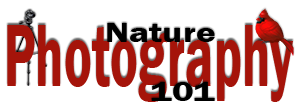
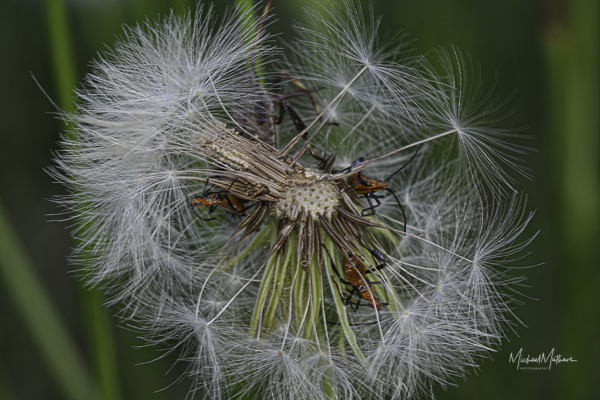
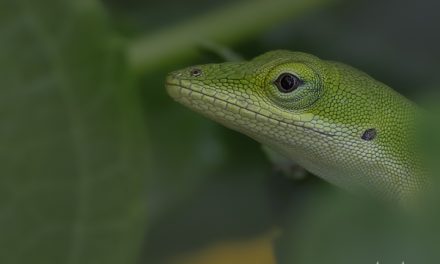
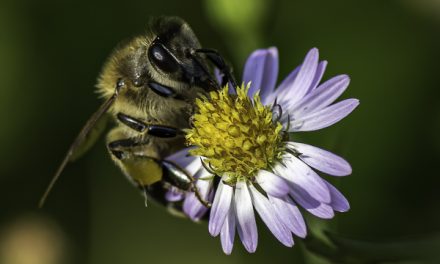
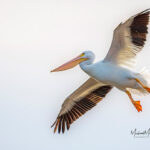
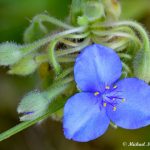
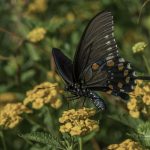
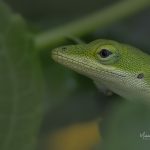
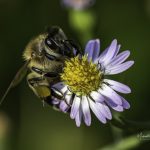
Recent Comments